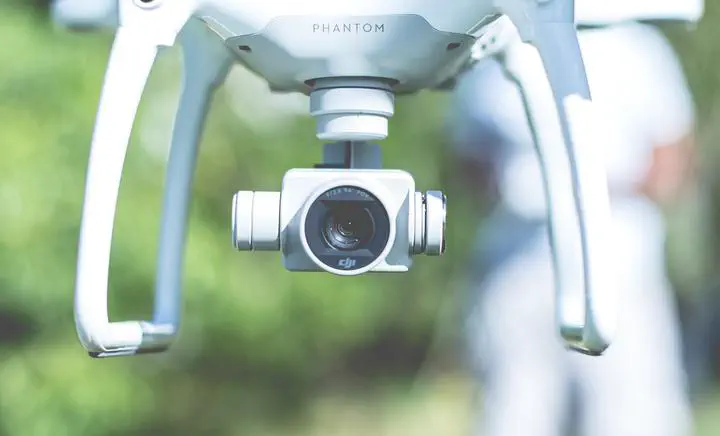Cosmic topology. Part IVa. Classification of manifolds using machine learning: a case study with small toroidal universes
 Image credit: Unsplash
Image credit: UnsplashAbstract
Non-trivial spatial topology of the Universe may give rise to potentially measurable signatures in the cosmic microwave background. We explore different machine learning approaches to classify harmonic-space realizations of the microwave background in the test case of Euclidean E1 topology (the 3-torus) with a cubic fundamental domain of a size scale significantly smaller than the diameter of the last scattering surface. Different machine learning approaches are capable of classifying the harmonic-space realizations with accuracy greater than 99% if the topology scale is half of the diameter of the last-scattering surface and orientation of the topology is known. For distinguishing random rotations of these sky realizations from realizations of the covering space, the extreme gradient boosting classifier algorithm performs best with an accuracy of 88%. Slightly lower accuracies of 83% to 87% are obtained with the random forest classifier along with one- and two-dimensional convolutional neural networks. The techniques presented here can also accurately classify non-rotated cubic E1 topology realizations with a topology scale slightly larger than the diameter of the last-scattering surface, if provided enough training data. This work identifies the prospects and the main challenges for developing machine learning techniques that are capable of accurately classifying observationally viable topologies.
arXiv:2404.01236Create your slides in Markdown - click the Slides button to check out the example.
#Add the publication’s full text or supplementary notes here. You can use rich formatting such as including code, math, and images.